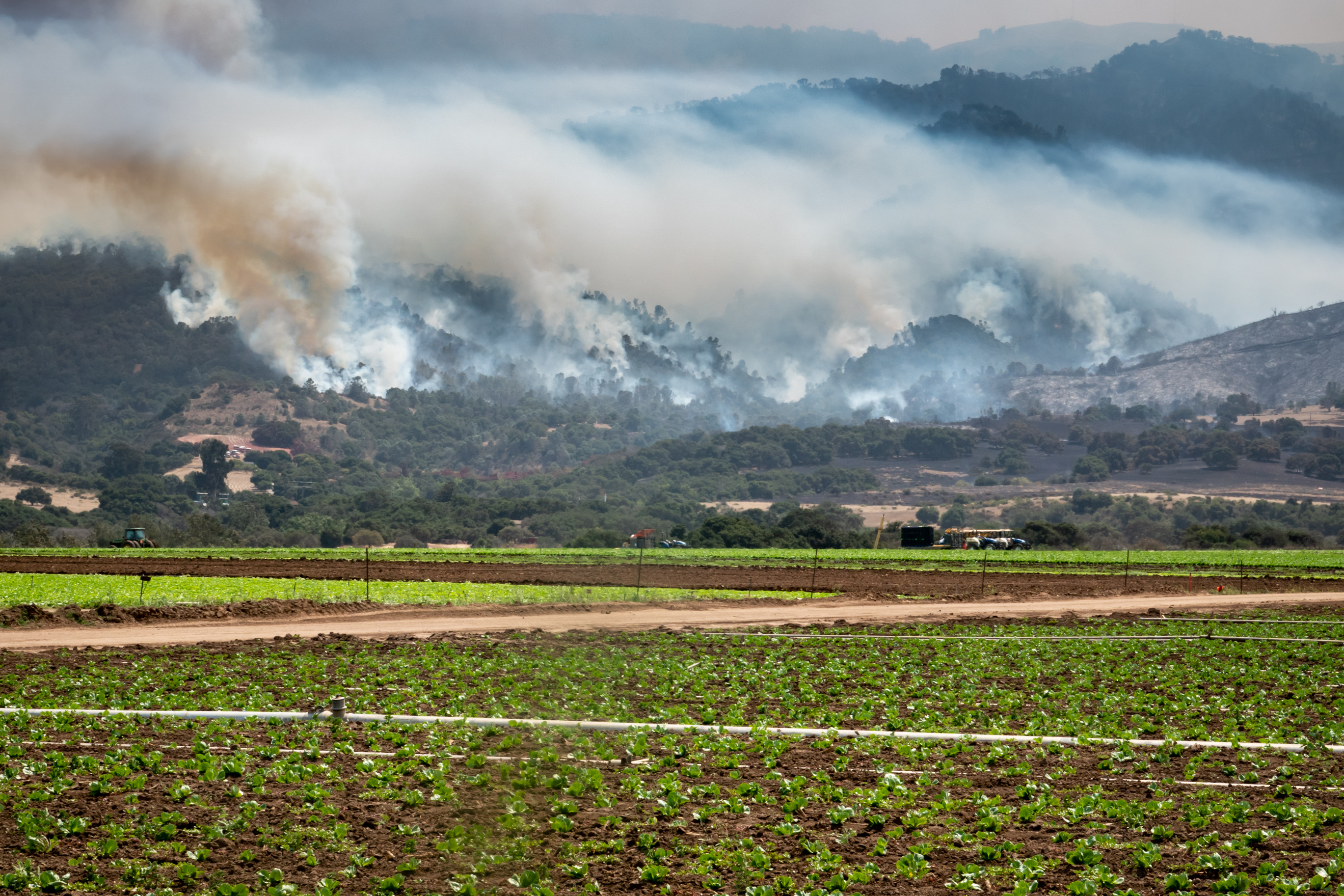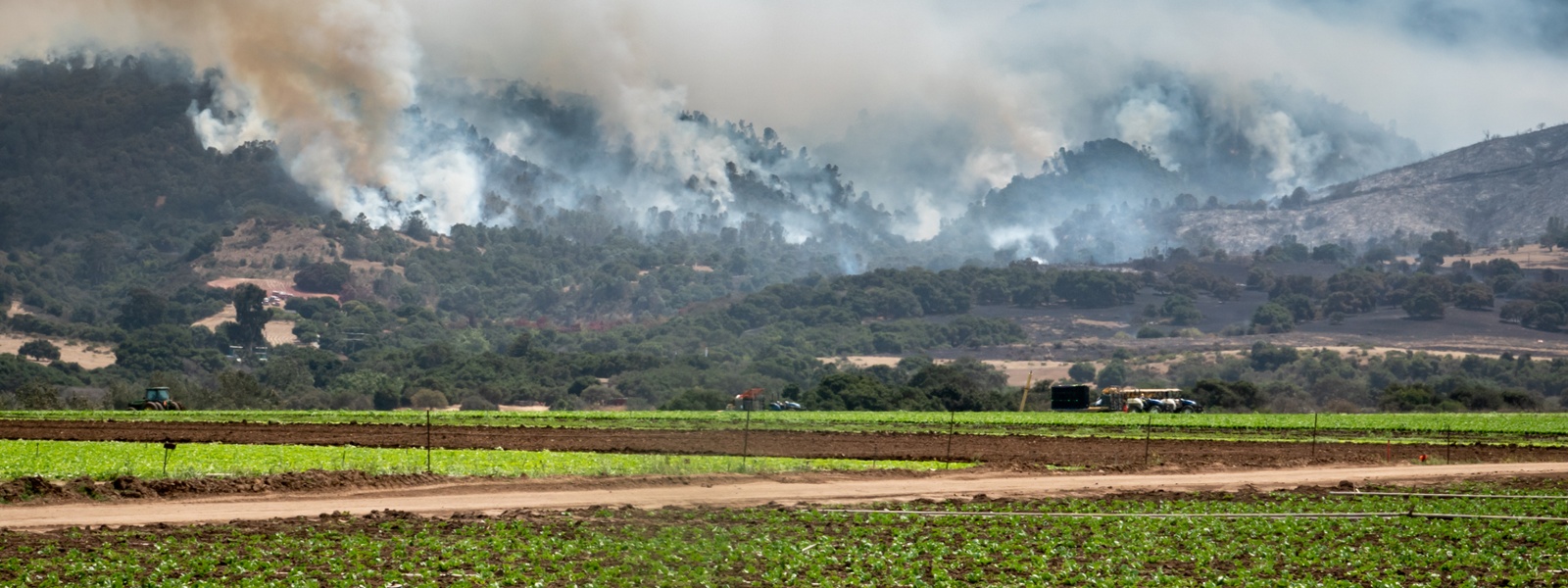State announces deal to address insurance crisis


By Caleb Hampton
California’s top insurance regulator has announced a plan intended to halt the exodus of property insurance companies from the state and improve coverage options for people in wildfire-prone areas.
The regulatory changes, announced a week after negotiations in the state Legislature on an insurance bill broke down, will allow insurance companies to incorporate forward-looking catastrophe modeling when setting insurance premium rates.
In exchange, they will be required to write a guaranteed percentage of policies covering owners of properties in high-risk areas for wildfires.
“This is a historic agreement between the department and insurance companies,” California Insurance Commissioner Ricardo Lara said Thursday at a press conference in Sacramento.
The executive action is meant to stabilize the state’s insurance market, which has collapsed under the strain of frequent wildfires and other natural disasters in recent years.
While wildfires have long been a part of California’s climate and environment, 14 of the 20 most destructive fires in state history have occurred within the past decade, according to the California Department of Forestry and Fire Protection.
Since the devastating wildfire seasons of 2017 and 2018, many property owners in fire-ravaged areas have had their insurance policies canceled.
“California’s rural communities have been impacted by wildfires damaging farm structures and crops and by farmers and ranchers being denied insurance coverage to protect their properties,” California Farm Bureau President Jamie Johansson said.
The non-renewal of insurance policies for farmers and ranchers has threatened the viability of some businesses, which rely on coverage to be eligible for the loans they need to purchase properties, structures and equipment.
As a result, many farms have turned to the California FAIR Plan, the state’s insurer of last resort. But the program’s policies, which are funded by a levy on insurance companies, are expensive and do not provide comprehensive coverage.
FAIR Plan policies are meant to be temporary. However, for some property owners, that “last resort” option has become the only option, with the number of policies in the FAIR Plan more than doubling since 2016.
Earlier this year, the property insurance crisis came to a head as several major insurance companies announced they had curtailed or completely stopped writing new policies in California.
Among the companies that have halted new business in the state are State Farm and Allstate. Last month, Johnnie White, a Napa Valley winegrape grower and California Farm Bureau board member, told members of Congress that the organization is aware of nearly two dozen insurance companies no longer writing policies in California.
Altogether, insurance companies responsible for covering an estimated 85% of the market have pulled back from taking on new policies.
“We are at a major crossroads on insurance after multiple years of wildfires and storms intensified by the threat of climate change,” Lara said. “The current system is not working for all Californians, and we must change course.”
Since 1988, California has required insurance companies to get approval from the state before raising premiums. And it has restricted the information insurance companies can use in their risk-modeling to past events, barring the companies from incorporating current or future climate-related risks in their models.
According to insurance companies, those restrictions, coupled with the increased frequency of natural disasters in California, made it too costly for them to do business in the state.
“Unlike public utilities, which are required by law to cover all consumers, insurance companies will not write insurance, especially in high-risk areas, unless they are able to ensure they have the capital and reserves to fully meet all insurance claims submitted by consumers, cover their expenses and earn a fair return,” Lara explained.
The executive actions taken last week by the California Department of Insurance are intended to convince insurers to return to the state. The regulatory changes will allow insurance companies to use catastrophe modeling and to raise their premium rates based on those models.
“The (insurance) department will be able to verify these models to make sure they’re accurate,” Lara said, adding that the models will include climate-related risks and disaster mitigation efforts that government agencies or individual property owners have undertaken.
The changes will also allow insurance companies to raise premiums in response to the rising cost of reinsurance, insurance policies that the companies themselves take out to cover their risks, and will expedite the process for insurers to get rate plans approved.
In exchange, by December 2024, insurance companies will be required to write policies in at-risk areas at 85% of the levels in which they provide coverage for properties statewide. “For example,” Lara said, “if a company writes 20 out of 100 homes statewide, it must write 17 out of 100 homes in a distressed area.”
The commitment will include helping return policyholders from the FAIR Plan to the regular insurance market.
“That’s a big win for our membership,” said Peter Ansel, policy advocate for the California Farm Bureau. He called the regulatory changes “encouraging,” adding that they could take the Department of Insurance the better part of next year to implement.
“Without insurers conducting business in California, we were in a death spiral,” he said. “There was a closed loop of non-renewal, higher premiums and never any pathway out of that.”
Now, Ansel said, “There is at least action being taken to try to bring choice and competition and the ability to get a policy back in the marketplace. The Farm Bureau will continue to work to make sure that as that happens, we’re balancing the need to protect consumers in terms of the cost of those policies.”
Gov. Gavin Newsom, who signed an executive order last week calling for regulatory action, said in a statement “it is critical that California’s insurance market works to protect homes and businesses in every corner of our state.”
He said “a balanced approach that will help maintain fair prices and protections for Californians is essential.”
Johansson applauded the state’s efforts to address the crisis.
“The California Farm Bureau welcomes Commissioner Lara’s announcement about actions the Department of Insurance will take to bring insurers back to California,” he said. “We support a competitive market that provides consumers and farmers access to comprehensive risk protection.”
(Caleb Hampton is an assistant editor of Ag Alert. He may be contacted at champton@cfbf.com.)




